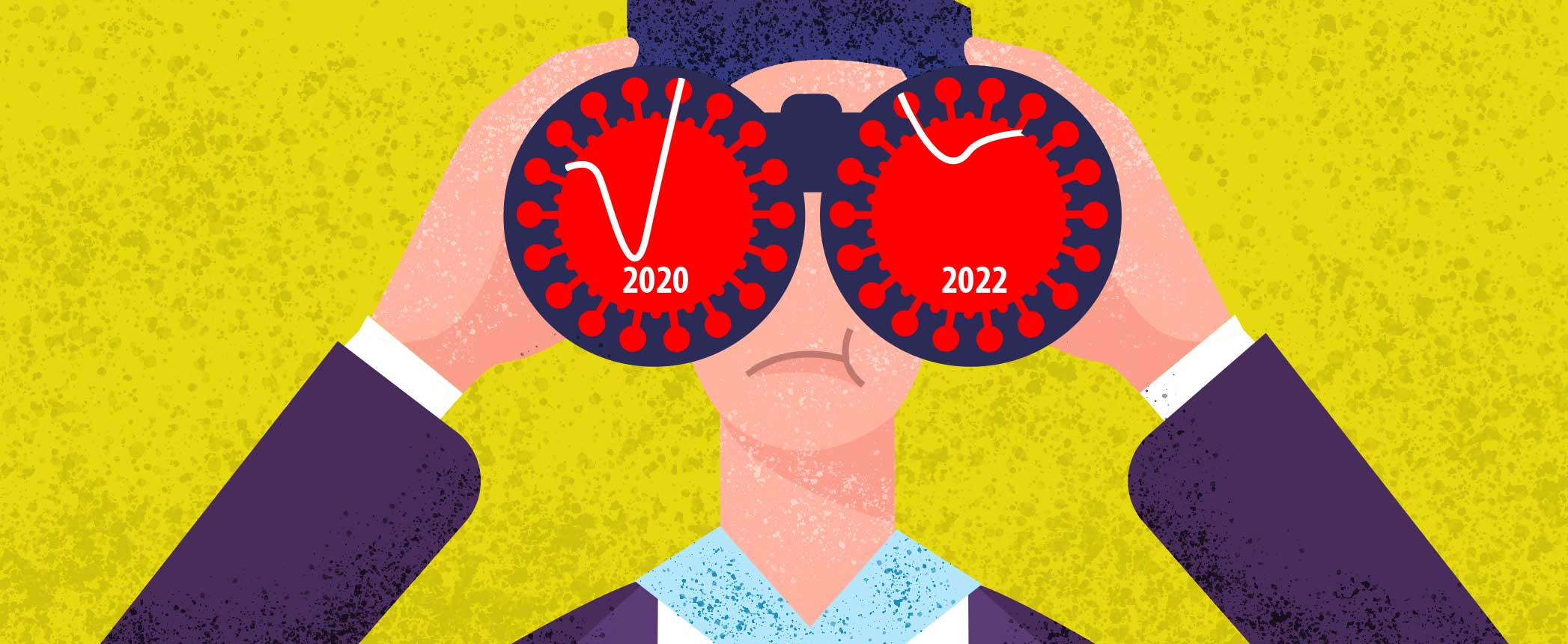
Order volumes for every lubricants market sector, from base oils and additives to finished lubes, dropped by 40% in April and May due to the economic impacts of COVID-19, panelists said during a July 8 webinar organized by the Independent Lubricant Manufacturers Association.
But rising order volumes and market indicators from June have left companies feeling “cautiously optimistic,” according to Kaustav Sinha, Chevron Oronite’s sales manager for North America.
In the few weeks leading up to the webinar, said Greg Julian, president of Advanced Lubrication Specialties, orders reached 85% to 90% of pre-pandemic volumes. Colleen Smith, Motiva’s director of base oils, reported that demand for base oils also began picking up last month.
The biggest drop in demand occurred in passenger car motor oils and aviation. Julian observed that while many families were still using their primary car, secondary cars were not used while school and extracurricular activities were canceled.
Sinha and Julian both noted little drop in commercial automotive demand, and Sinha said other sectors, such as specialty chemicals and power generation applications, have been fairly resilient. Agriculture is still “very strong,” according to Julian.
While industrial demand was impacted dramatically, he continued, potential infrastructure bills in the United States could boost growth in the near term.
Unsurprisingly, predictions vary for what the recovery will look like and when it will occur. Chevron Oronite expects its additive volumes for all of this year to reach 80% of 2019’s total. Motiva forecasts a 10% to 15% demand hit by the end of the year, agreeing with a previous prediction from IHS Markit.
Also speaking during the webinar, Suzan Jagger, vice president of oil markets and downstream consulting for IHS Markit, pegged U.S. transportation lubricant demand in 2022 at 9% below 2019 levels. While the recovery may produce a spike in demand next year, the trend will return to “pre-COVID demand dynamics,” she said.
This year’s industrial demand is likely to be down by 17% relative to 2019, creeping up to 12% below those levels in 2022. Jagger foresees a “much more gradual recovery” for industrial lubes, which will continue to climb through 2024 but never reach 2019 volumes.
Other panelists were more optimistic. Sinha said he expects a return to 2019 additive demand levels by 2023. Julian believes demand for finished lubes will be “a little better” at the beginning of next year, with automotive demand returning to “normal” levels by the third quarter.
Panelists agreed that the most pressing question is how to operate and manage production targets when demand is so volatile. Smith said that every year, Motiva creates a business continuity plan that focuses on hurricanes, but the pandemic has been like a “global hurricane.” In addition to assessing its own welfare, the refiner is checking in with customers to see how they have been impacted. She also noted that the company is evaluating storage opportunities in case production slow-down is not an option, and considering working capital in how long such a move would be prudent.
While market participants are searching for ways to recapture profit margins, Jagger argued that the industry already reached the peak of its earnings potential.
Julian concurred. Over a span of 10 years, each industry sector – additives, base oils and manufacturing – must see profits in three of those years, he explained. In 2019 and the first part of 2020, “it was a perfect, beautiful storm for most of the industry.”
With tight supply and strong demand across each segment, “instead of beating up suppliers on pricing, we were focused on meeting demand,” he continued. “2019 may be one of the best years the industry has had in the last 20 I’ve been involved [in].”
The pandemic will have a long-term impact on how lubricant companies do business, said Sinha. “It will be interesting to see how much is temporary and how much is permanent, especially around consumer confidence and consumption,” he said.
Sinha expects a progression toward higher automation and product diversification. The rise of e-commerce will have an impact on the commercial vehicle sector, especially with the new “touchless economy.” He also emphasized the pandemic’s impact on personal mobility in both the near and long term. In Shanghai and Beijing, for example, people are still shying away from the transit system.
While market consolidation will continue, the pandemic itself isn’t a driver, according to Julian. “No matter how bad the balance sheet is, [ILMA members] tend to survive,” he said. But the resulting mental stress could create opportunities for acquisitions. “Some owners may decide it’s not worth it anymore and want to get out.”
In the near and medium term, panelists emphasized that supply chain flexibility will be paramount in weathering the volatile market. “Lots of work has gone into cost reductions in recent years,” said Sinha, “but not supply chain flexibility. How are products sourced? Is it a single source? How localized are they?”
Costs are another area that could benefit from flexibility. A fixed cost structure doesn’t enable companies to take advantage of opportunities as they come, Jagger explained. She acknowledged such flexibility is easier for a lubricant manufacturer that can simply cut a production shift than for a base oil plant that is connected to a larger refinery.
Julian agreed, pointing out that large lube companies were stuck with 90 days of base oil and additive supply when the pandemic hit and had to work through that inventory. Smaller companies can react much more quickly as demand picks up or slows down.
“What worked yesterday is not going to work in the next couple of years,” Jagger concluded.